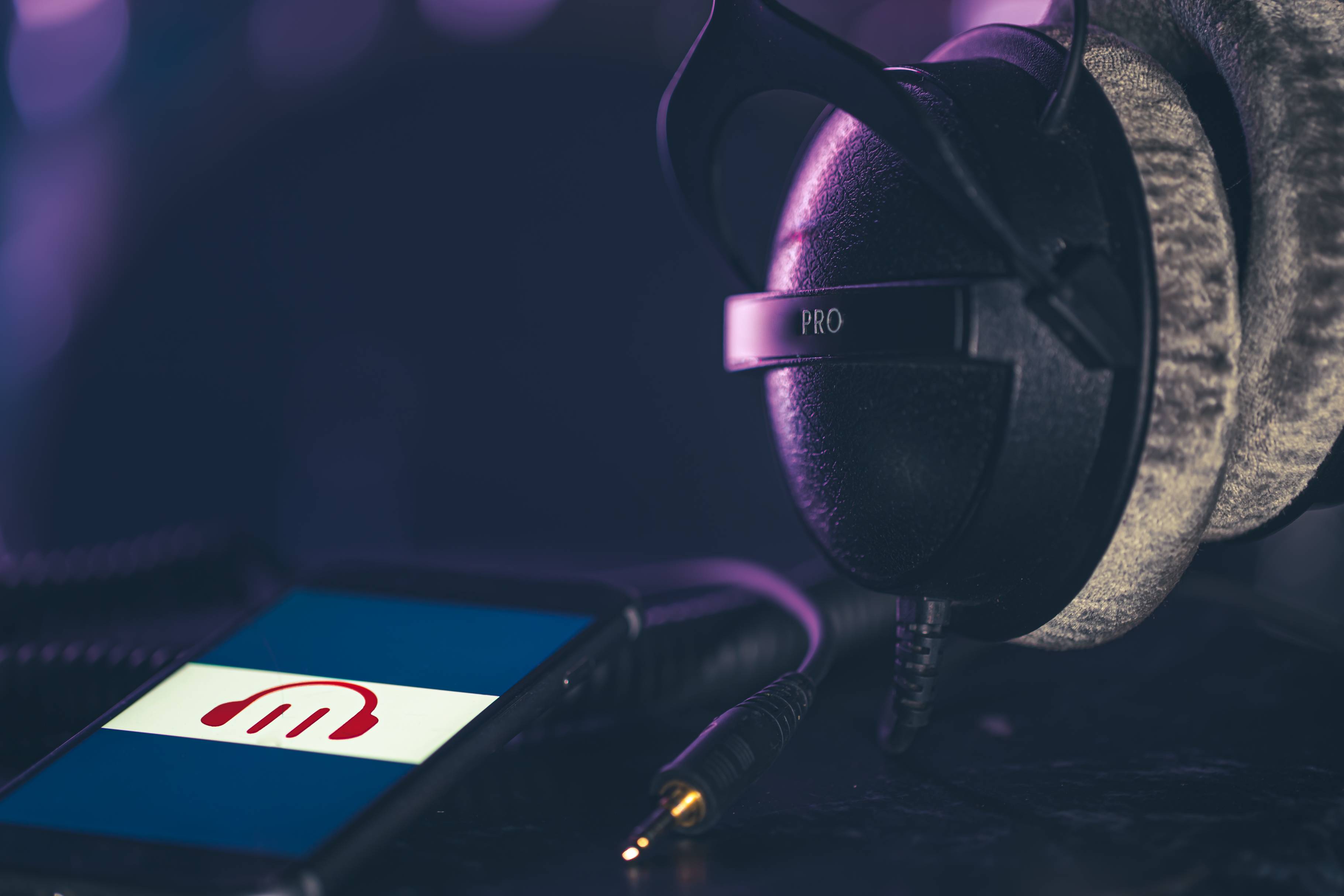10 Creative Micro-Conversion Ideas to Boost Your Lead Generation

Strong 8k brings an ultra-HD IPTV experience to your living room and your pocket.
When it comes to lead generation, businesses often focus on big goals like acquiring new customers, increasing sales, or driving massive website traffic. However, there’s a vital piece of the puzzle that many marketers overlook: micro-conversions. These small, often unnoticed actions that website visitors take play a significant role in guiding them along the path to becoming leads.
In this blog, we’ll explore 10 creative micro-conversion ideas to boost your lead generation efforts. By the end, you’ll understand how these seemingly minor actions can have a significant impact on your overall lead generation strategy.
What Are Micro-Conversions in Lead Generation?
Micro-conversions are small actions that users take on your website or digital platform that indicate interest or engagement with your brand. They may seem insignificant on their own, but when combined, they represent critical steps in your lead generation funnel. Micro-conversions serve as indicators of intent, showing that a visitor is moving closer to becoming a lead, and eventually, a customer.
Micro-conversions can range from clicking on a blog post, downloading a resource, signing up for a newsletter, or even interacting with your social media links. These actions are vital because they help you identify potential leads earlier in the process, allowing you to nurture and guide them toward becoming paying customers.
If you want to dive deeper into how to implement micro-conversion ideas effectively, check out Ciente's blog on Micro-Conversion Ideas for Lead Generation for more insights and strategies.
Micro-Conversions: Digital Breadcrumbs to Know Your Buyer
In the world of lead generation, micro-conversions act as the breadcrumbs that help you understand your buyer’s journey. By tracking these small actions, you can get a clearer picture of where your leads are in the conversion process and how they interact with your content. Understanding these touchpoints allows you to personalize your approach and provide the right content or offers at the right time.
Imagine you have a website visitor who reads a blog post, watches a product video, and downloads an e-book. These actions are considered micro-conversions, and they provide valuable insights into what the visitor is interested in. The more micro-conversions a visitor completes, the more likely they are to become a qualified lead.
Micro-conversions are like small clues in a mystery that, when pieced together, form a larger narrative about your leads’ interests, pain points, and needs. By analyzing these interactions, you can tailor your lead generation strategies to meet their specific requirements.
For more ideas on tracking and leveraging these breadcrumbs, visit Ciente Martech’s Lead Generation Solutions to streamline your micro-conversion strategies.
Types of Micro-Conversions
To boost your lead generation, it’s crucial to recognize the various types of micro-conversions that can occur across your digital properties. While the types may vary based on your business model and audience, here are some of the most common micro-conversions that drive lead generation:
1. Clicking on a Call-to-Action (CTA) Button
A simple yet effective micro-conversion is when a visitor clicks on a CTA button. Whether it’s for a free trial, a product demo, or a special offer, clicking a CTA is a clear sign of interest. It means the visitor wants to know more and is willing to take the next step in the lead generation process.
2. Subscribing to a Newsletter
Getting website visitors to sign up for your newsletter is a valuable micro-conversion. It shows that they are interested in staying connected with your brand and receiving updates about your products or services. Subscriptions create opportunities for future engagement, which is crucial for lead generation.
3. Downloading Resources
Offering free resources such as e-books, whitepapers, or case studies is a great way to generate leads. When a visitor downloads your resource, they’re showing active interest in your content, and they’re one step closer to converting into a lead.
4. Engaging with Social Media Content
Social media interactions—whether likes, shares, or comments—are another form of micro-conversion. If someone engages with your brand on social media, it indicates a level of interest in what you have to offer, which you can nurture to further your lead generation efforts.
5. Watching Product Videos or Demos
When a visitor watches a product demo or explainer video, it signifies a deeper level of interest in your offerings. This type of engagement shows that the visitor is actively considering your product and could be moving toward a buying decision.
6. Filling Out a Contact Form
Visitors who fill out a contact form on your website are clearly expressing interest in learning more about your services or discussing potential opportunities. This is a critical step in lead generation and usually signals that the lead is near the bottom of the funnel.
7. Interacting with Live Chat or Chatbots
Engaging with a live chat or chatbot is an excellent micro-conversion to track. Visitors who take the time to ask questions or seek assistance are clearly interested in your product or service and are likely to convert into leads with the right nurturing.
8. Joining a Webinar or Event
Signing up for a webinar or event is another micro-conversion that signals strong intent. These visitors are typically looking for more in-depth knowledge and are in a phase where they want to engage directly with your brand.
9. Abandoning a Cart
While cart abandonment might seem like a negative, it’s actually a valuable micro-conversion. By tracking these visitors, you can re-target them with personalized offers or reminders, increasing the likelihood of them becoming a lead.
10. Interacting with Testimonials or Reviews
When a website visitor reads or interacts with your testimonials, reviews, or case studies, it indicates that they are considering your product more seriously. This is an opportunity to nurture them and move them closer to making a purchase.
Website-Based Micro-Conversions
When it comes to lead generation, your website is the hub where most micro-conversions happen. Some website-based micro-conversions include actions like clicking through on internal links, interacting with pop-ups or exit-intent offers, and exploring different product pages. These small interactions may not always result in an immediate lead, but they indicate that your visitor is exploring your content and considering the value you offer.
By optimizing your website for micro-conversions, you can create a smoother journey for potential leads. For example, strategically placed CTA buttons, engaging content, and enticing offers can encourage visitors to take action, even if they’re not ready to buy right away.
To explore how you can design a website that fosters micro-conversions, visit Ciente's Martech Solutions and learn how to make the most of every user interaction.
Why Is It Crucial to Measure Micro-Conversions?
Tracking micro-conversions is essential for understanding the effectiveness of your lead generation efforts. While macro-conversions (like form submissions or completed purchases) are the ultimate goal, micro-conversions provide valuable insights into your audience’s behavior. Here are a few reasons why measuring micro-conversions is crucial:
1. Identifying High-Intent Visitors
Micro-conversions allow you to identify visitors who are showing strong interest in your brand. These individuals may not be ready to purchase yet, but they’re more likely to convert into a lead if nurtured appropriately.
2. Improving Lead Quality
By tracking micro-conversions, you can assess the quality of your leads. For instance, a visitor who downloads multiple resources and interacts with live chat is probably more qualified than someone who only spends a few seconds on your site.
3. Optimizing Your Lead Generation Funnel
Understanding where users drop off or get stuck in your lead generation funnel can help you optimize the process. If a particular micro-conversion seems to be a strong indicator of future leads, you can focus on enhancing that step of the journey.
4. Better Personalization
The more you know about your leads’ interests and behaviors, the better you can personalize your outreach and content. Micro-conversions provide insights into what resonates with your audience, allowing you to tailor your messaging to move them closer to becoming a lead.
5. Tracking Progress and Success
Finally, measuring micro-conversions enables you to track the progress of your lead generation efforts. If certain tactics are driving more engagement, you can double down on those strategies, improving your overall lead generation results.
Note: IndiBlogHub features both user-submitted and editorial content. We do not verify third-party contributions. Read our Disclaimer and Privacy Policyfor details.







